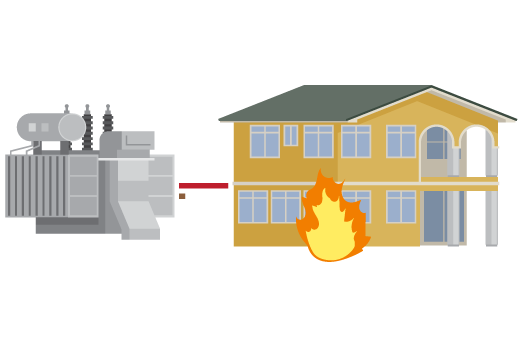cupoftea
Advanced Member level 5
Hi,
I have just seen a grid tied inverter for connecting a battery to the 240VAC UK mains. Its bidirectional. Its 5.5kWh rated. The mains comes to it via an autotransformer, which knocks the mains down by just 15-20V or so. The reason for the autotransformer said to be because the GTI needs protection should the mains go too high.
This autotransformer was like a "ring donut" type of diameter approx. 20cm and depth 7.5cm
Would you agree this doesn’t seem big enough for 6Kva? (The one below is much bigger)
Also, it seems strange to have such a thing?...dropping the mains by so little?
(i wondered if the real reason for it might be too stop mains transients getting to the bidi GTI?)
6Kva Autotransformer
I have just seen a grid tied inverter for connecting a battery to the 240VAC UK mains. Its bidirectional. Its 5.5kWh rated. The mains comes to it via an autotransformer, which knocks the mains down by just 15-20V or so. The reason for the autotransformer said to be because the GTI needs protection should the mains go too high.
This autotransformer was like a "ring donut" type of diameter approx. 20cm and depth 7.5cm
Would you agree this doesn’t seem big enough for 6Kva? (The one below is much bigger)
Also, it seems strange to have such a thing?...dropping the mains by so little?
(i wondered if the real reason for it might be too stop mains transients getting to the bidi GTI?)
6Kva Autotransformer
